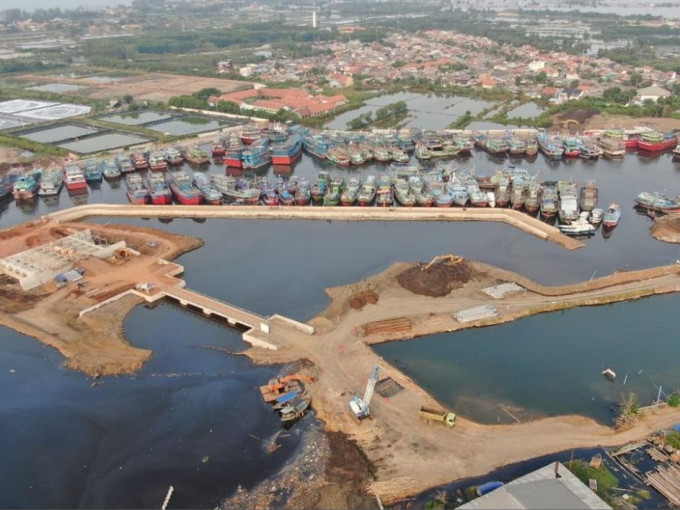
UGM students in the Student Creativity Program in Social Sciences and Humanities Research (PKM-RSH) are studying the effectiveness of long storage dikes in managing tidal floods in Wonokerto Kulon, Pekalongan, Central Java.
This research initiative aims to contribute to climate change mitigation, addressing the urgent need for proactive measures. The project focuses on understanding the impact of these water-retaining structures on local communities, examining both their success in reducing tidal flooding and their implications.
Led by Ilham Andriyanto (Cultural Anthropology), the Cerita Tanggul team includes Aqilur Rachman Abdul Charitz (Cultural Anthropology), Yuni Setya Ningrum (History), Ratna Diah Maharani (Regional Development), and Agung Ahmad Haidar Fasya (Environmental Infrastructure Engineering).
The research employs a quantitative approach through geographic methods and a questionnaire survey involving 98 respondents in Wonokerto Kulon. Additionally, qualitative methods using ethnographic and historical approaches are also applied.
Ilham Andriyanto stated that the study involved ten key informants, including technicians, community leaders in the local government, and some fish farmers impacted by the construction of long storage dikes.
He mentioned that while previous studies have primarily focused on the technical capabilities and implications of building dikes,
“No one has yet paid attention to the socio-ecological implications and consequences of dike construction,” Andriyanto said on Monday (Aug. 19).
According to him, although the construction of long storage dikes has successfully mitigated tidal flooding through water infrastructure development, it has also produced unforeseen impacts.
Andriyanto noted that their research found that the long storage dike effectively reduced tidal flooding. Survey results indicate that residents of Wonokerto Kulon have not experienced tidal floods since 2021.
“However, the long storage dike has not been effective in protecting agricultural pond areas on the southern side of the dike,” he explained.
While the local community acknowledges the effectiveness of the long storage dike in Pekalongan Regency, concerns over rising water levels within the dike have prompted various responses.
Residents have adopted technical measures, such as elevating their homes, economic measures by increasing production factors and diversifying income sources, and political measures by demanding government attention.
“We hope this research will serve as a basis for decision-making in government disaster mitigation efforts,” Andriyanto added.
Dr. Agung Wicaksono, the advisor for this research, mentioned that constructing long storage dikes in the Wonokerto District reflects the government’s intention to mitigate tidal flooding.
However, he emphasized that good intentions alone are insufficient; strengthening community capacity through education, participation in decision-making, and economic empowerment is essential.
“To ensure that mitigation strategies are not only effective in addressing current tidal flooding but are also sustainable and accepted by the local community in the long term,” he stated.
Report by: Lintang
Photo: Ministry of Public Works and Housing
Editor: Gusti Grehenson
Post-editor: Afif

